Have a question?

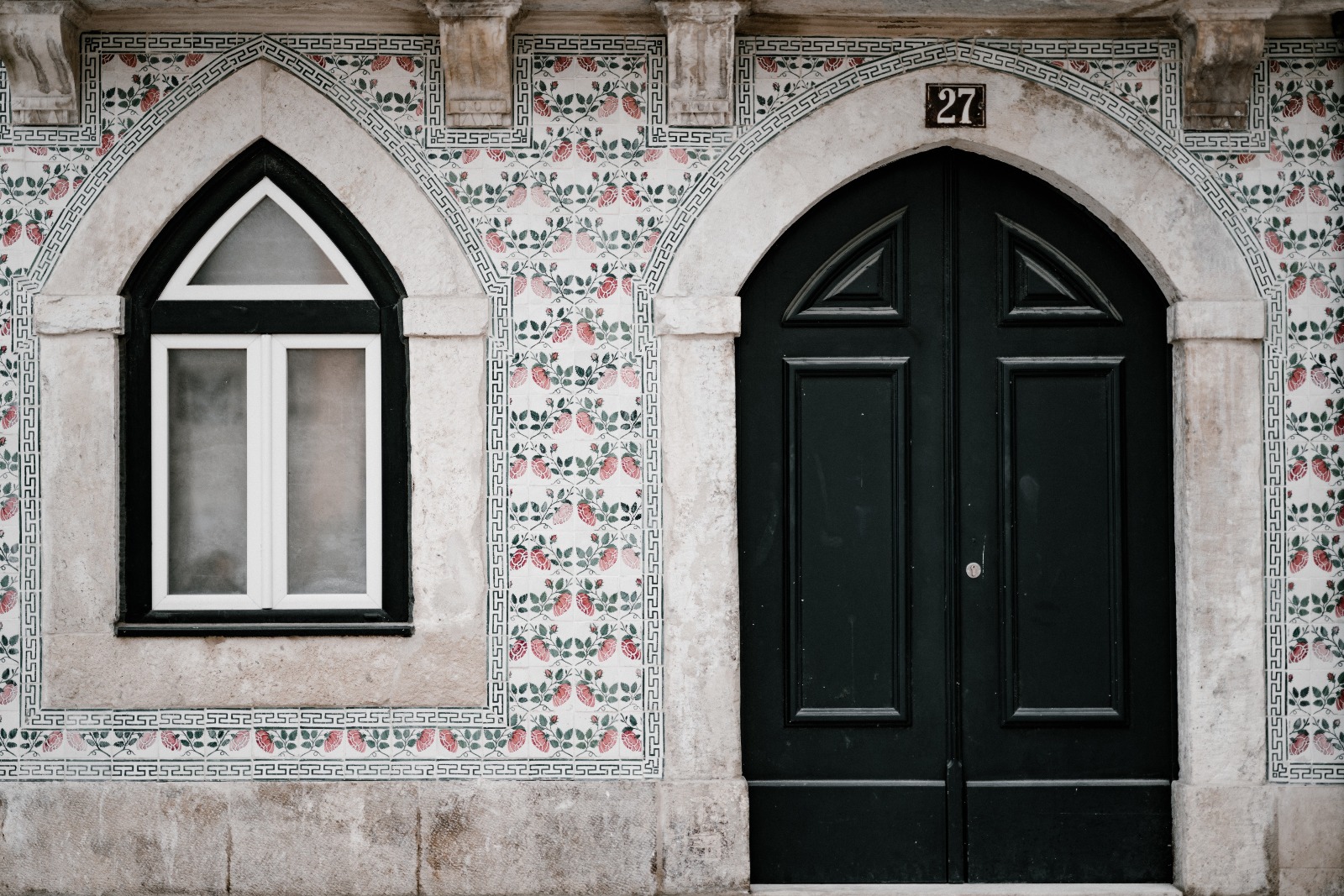
Updated October 18, 2023
Wondering where to stay in Portugal? We asked some locals for their opinions. They helped create this guide to 14 places to stay in Portugal, from cities to small towns to sunny beaches.
For personalized advice on where to stay in Portugal, work with Project Expedition to build your trip.

The Algarve is a coastal region in the southwest of Portugal. Home to incredible beaches, seaside towns, and relaxing resorts, locals say it's one of the most beautiful places to visit in Portugal. They note that Albufeira and Sagres are particularly popular towns and both are great for a fun, relaxing vacation.
Don't miss out on what makes this region so great. Our trip planners suggest indulging in some local delicacies like Conquilhas à Algarvia (small clams with onions, garlic, and Portuguese sausage) or Feijoada (a hearty bean and pork stew).
Local tip: Explore some of the hidden gems of the Algarve, like the lesser-known village of Monchique. (Be sure to buy aguardente (Portugese brandy) here!)
You'll find both history and small-town Portuguese culture in the northeastern village of Monsanto. Back in the 1930s, Monsanto was voted “most Portuguese town in Portugal” for its untouched traditional culture.
Not only is it authentically Portuguese, but the village also has a unique look, with homes situated under and in between massive boulders. All this means that Monsanto is a great place to stay for a few relaxing nights—you won’t experience anything like it anywhere else in Europe!

Portugal’s capital attracts about 4.5 million travelers every year—and it’s easy to see why people love visiting this Portuguese city. Lisbon offers so many incredible things to see and do that it’s impossible for any traveler to get bored.
Don't know where to start? We recommend eating some world-famous seafood, admiring the colorful architecture, enjoying the nightlife in the Cais do Sodré, and taking that Instagram-worthy shot at the Santa Justa Elevator, among other suggestions.
Local tip: If you go in the summer, you’ll be able to catch some amazing local festivals too.
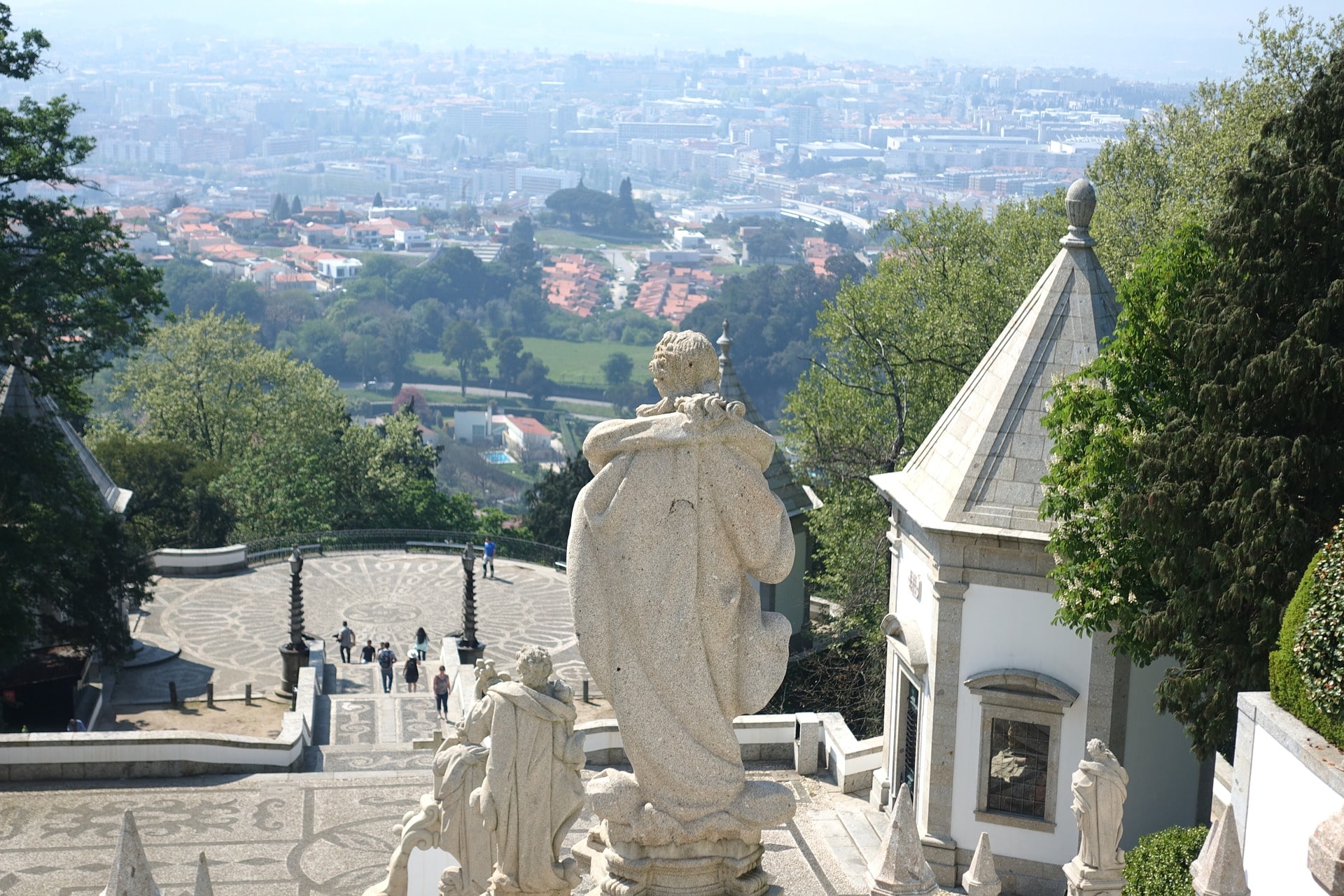
Braga is a beautiful city in the northwest of Portugal, where you’ll find tons of medieval churches and Gothic architecture. It’s rich with culture and history—locals tell us that Braga is great for wine lovers and soccer fans alike.
Even though Braga is the third-largest city in Portugal, our trip planners in Portugal note that it's much quieter and less crowded than Lisbon or Porto. This makes Braga an ideal place to stay for a family or couple.
Local tip: In Braga, be sure to check out the Bom Jesus Do Monte, a gorgeous baroque church just on the outskirts of the city.
Located along the Mondego River in central Portugal, the medieval city of Coimbra is another popular destination for travelers. Here, locals tell us you can see the ruins of an ancient Catholic monastery from the 13th century and explore the stunning baroque library at the University of Coimbra. They say that strolling along the green riverbanks in the Parque Verde do Mondego is a great way to take in the sights and get a taste of city life.
Coimbra has a lively student population, which makes it a little more youthful than Braga or Porto. As such, locals say that Coimbra is a fantastic place for young travelers (and young-at-heart travelers) to go out at night and meet people.
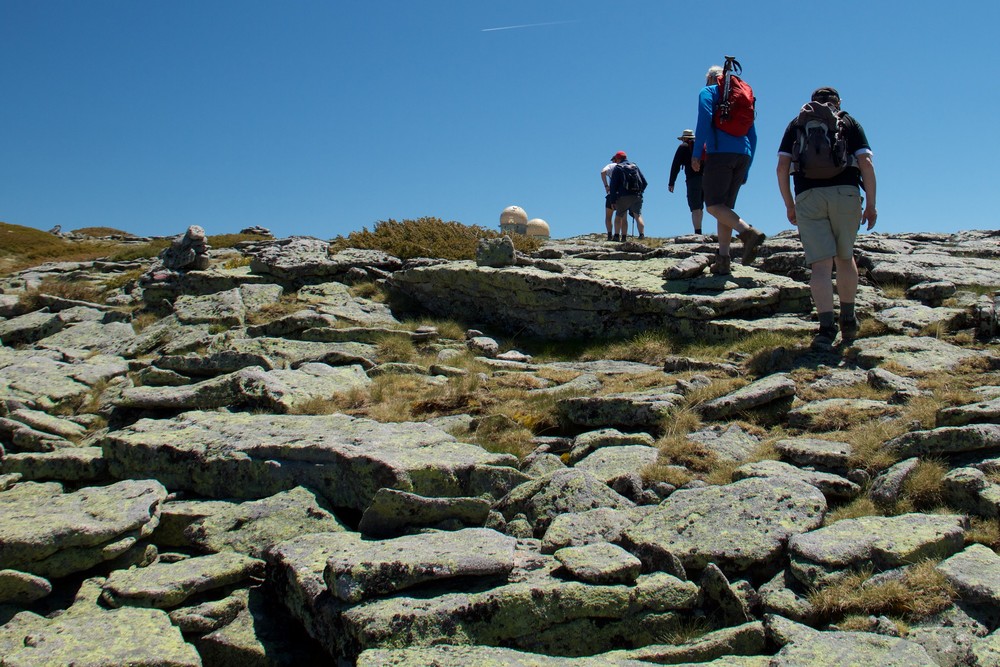
There’s more to Portugal than the coast! Serra da Estrela is Portugal's highest mountain range. Locals say it's a spectacular place to stay if you’re up for a rugged outdoor adventure. They tell us you can go hiking or biking through the peaks to see some stunning views and even go skiing in the winter.
Although it’s not a city, there are plenty of places to stay in the mountain range, ranging from ritzy mountain resorts to charming rural B&Bs.
Fun fact: The revered Serra da Estrela cheese originated in these mountains. It’s a raw sheep’s milk cheese that dates to the 12th century. Do a side-by-side tasting of both versions: one oozy and buttery, the other firm and pungent.
The Madeira Island Archipelago is a beautiful chain of tropical islands near the coast of Morocco. Madeira is still a part of Portugal even though it's far from the mainland, and locals tell us it's fascinating to explore the unique mix of cultures.
Locals say that one of the main attractions here is the Laurisilva forest, a scenic laurel forest home to many unique animals like the Madeiran long-toed pigeon.. Travelers to Madeira also love exploring the rocky coastline and trying the amazing local cuisine (you can’t go wrong with fresh fish and tropical fruits from the farmer’s market, right?).
Our trip planners note there is one downside to Madeira: no sandy beaches. If you’re looking to lounge on the beach, add the Algarve to your itinerary.
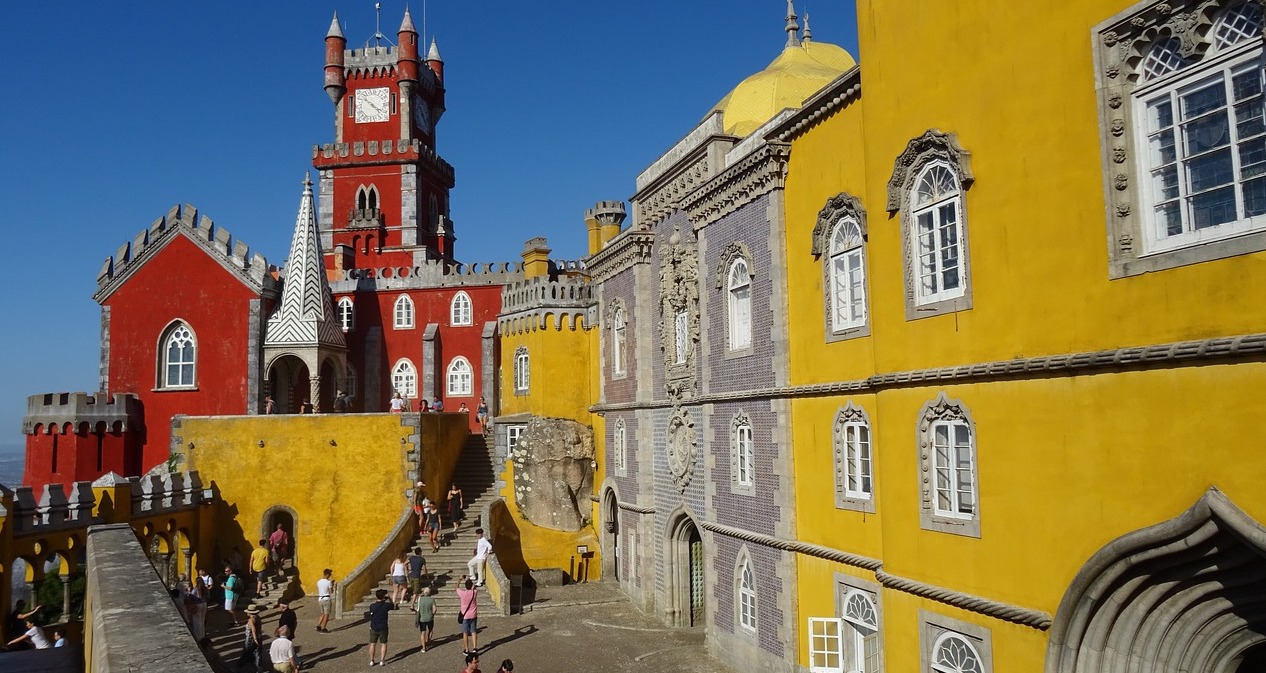
Not too far from Lisbon is the colorful town of Sintra, where locals say you’ll find some picturesque views and a unique 19th-century palace called Palacio da Pena. Our trip planners tell us that if you’re looking for a quieter vacation outside of the bustle of Lisbon, Sintra could be the perfect spot. The mountainous landscape, combined with the fascinating architecture, makes this a wonderful spot to explore.
Sintra is a great place to visit in Portugal as a day trip from Lisbon. But locals say it's lovely to spend a night or two in town.
Surf’s up! The coastal town of Peniche is a world-famous surfing destination. It's located in Portugal’s Centro region, a stretch of the coast that’s just as beautiful, but far less populated, than the Algarve in the south. Whether you’re a surfer yourself or just want to see the action, a day at the beach in Peniche is sure to impress.
Of course, there’s more than just the surf. Locals tell us that you can also check out the ruins of a 16th-century fortress, go hiking along the coast, and try some fresh-caught seafood.
Local tip: Interested in diving or spotting marine life? Take a day trip to the gorgeous Berlenga Archipelago just offshore!
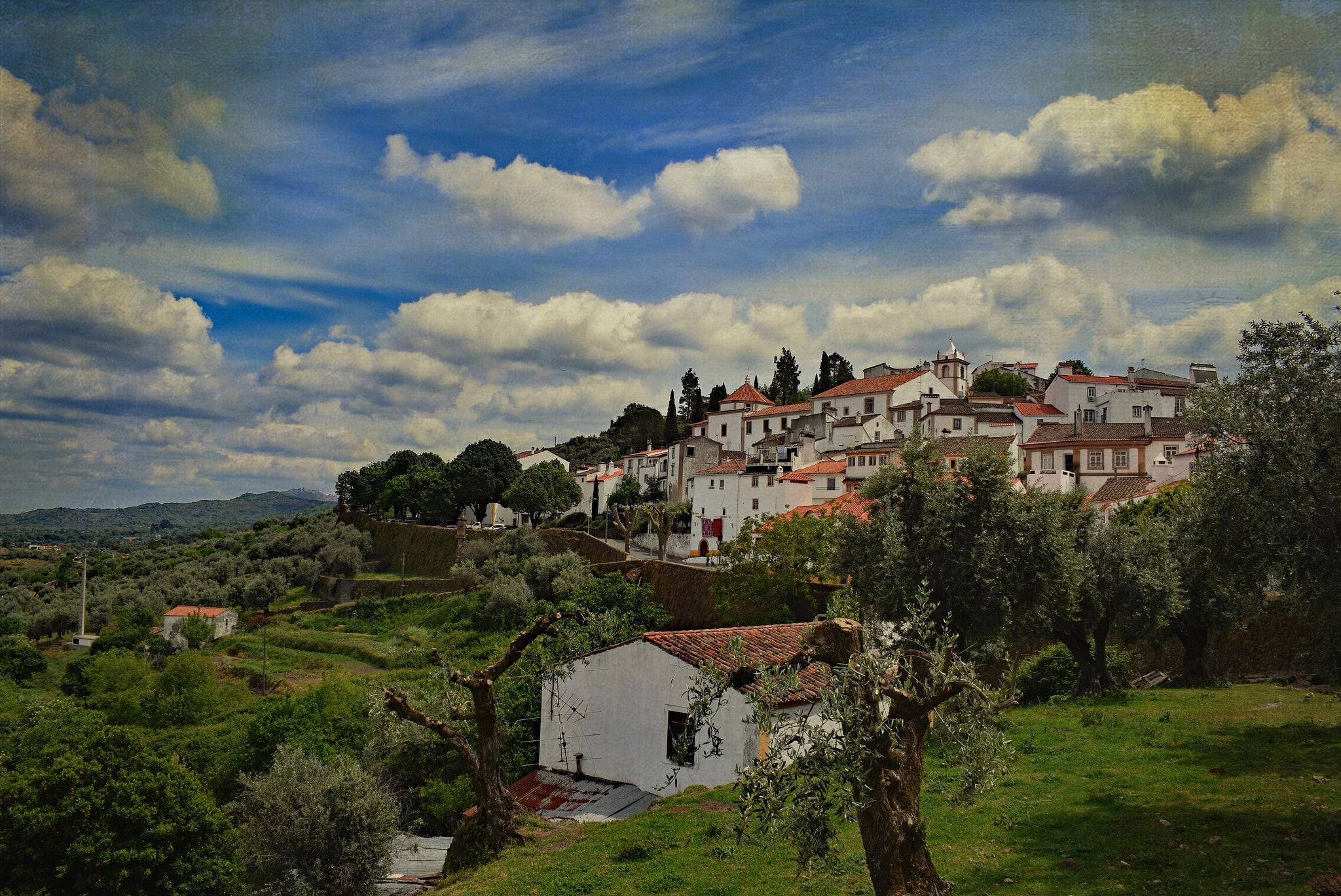
The Alentejo region covers much of southern Portugal. Locals note that it's mostly rural but you can find a ton of popular attractions here, including some incredible Portuguese restaurants and wineries.
In the east of Alentejo, you can visit some medieval villages. Small but scenic, they’re perfect for a day trip. And in the west, you’ll find gorgeous, uncrowded Atlantic beaches.
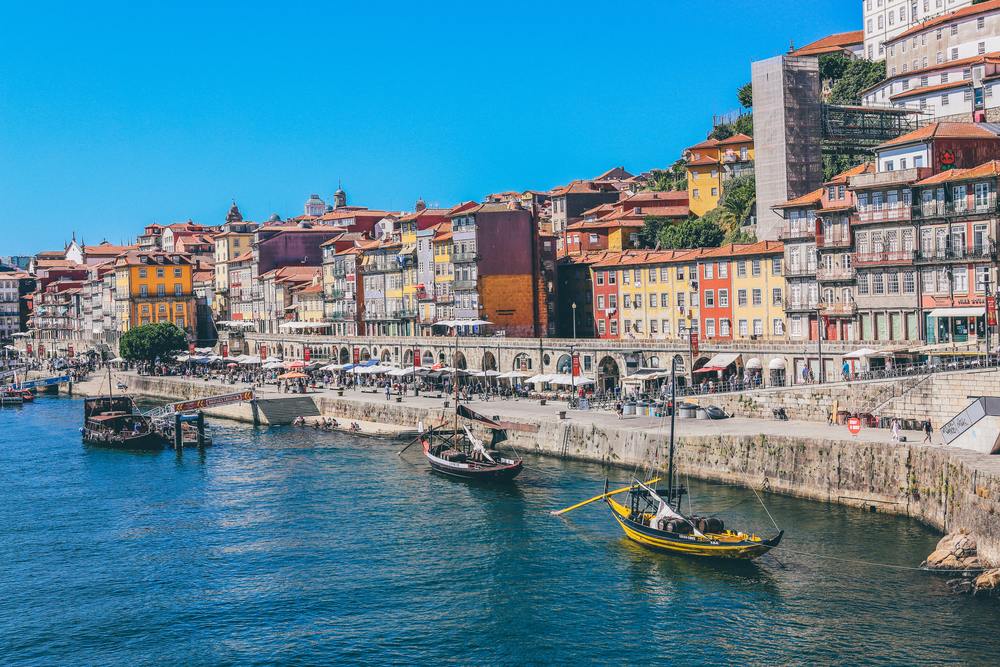
Porto is a lively medieval city on Portugal’s northwest coast. Although Porto is considered Portugal’s Second City, some of our locals prefer Porto to Lisbon. Why? They say Porto is charming and beautiful like Lisbon, but smaller and easier to navigate.
The Douro River runs through the city, reflecting the lights at night and offering spectacular views during the day. You can see some great Gothic architecture, visit the beaches, and (maybe most importantly) taste Port wine in the very city that invented it.
Harry Potter fan? Rumor has it the Livraria Lello bookshop inspired parts of Hogwarts and/or Flourish and Blotts. Whether or not the rumors are true, any book lover could easily spend a couple of hours exploring Livraria Lello.
The Azores are a beautiful Portuguese island chain off the country's west coast. Full of rich biodiversity and few tourists, locals say the Azores are a great place for hiking, fishing, and wildlife watching.
You'll have a choice of nine islands to explore. Our trip planners note that on the island of Santa Maria, you’ll find traditional Portuguese foods and unique annual festivals. On the island of São Miguel, you can visit medieval churches and learn about the colonial history of the Azores.
Local tip: The Portuguese dialect spoken on the islands can be a little difficult to understand, even if you speak the language.
Óbidos is a small, mainly rural municipality in Portugal’s Centro region, with a medieval walled town at its heart. Locals say that staying in Óbidos town can feel like a step back in time. As such, it’s a fascinating place for history buffs, and it was ranked one of the best-walled towns in Europe. The castle walls are about a mile long, and a walk along them offers views of both the historic center and the countryside.
Throughout the year, festivals are held on the Óbidos Castle grounds. All offer a great atmosphere if you’re in town at the right time. Consider timing your visit with the Christmas Village, summer Medieval Fair, or Autumn Literary Festival.
Local tip: Óbidos is only about an hour’s drive from Lisbon, so it’s a great stopover or weekend getaway from the city.
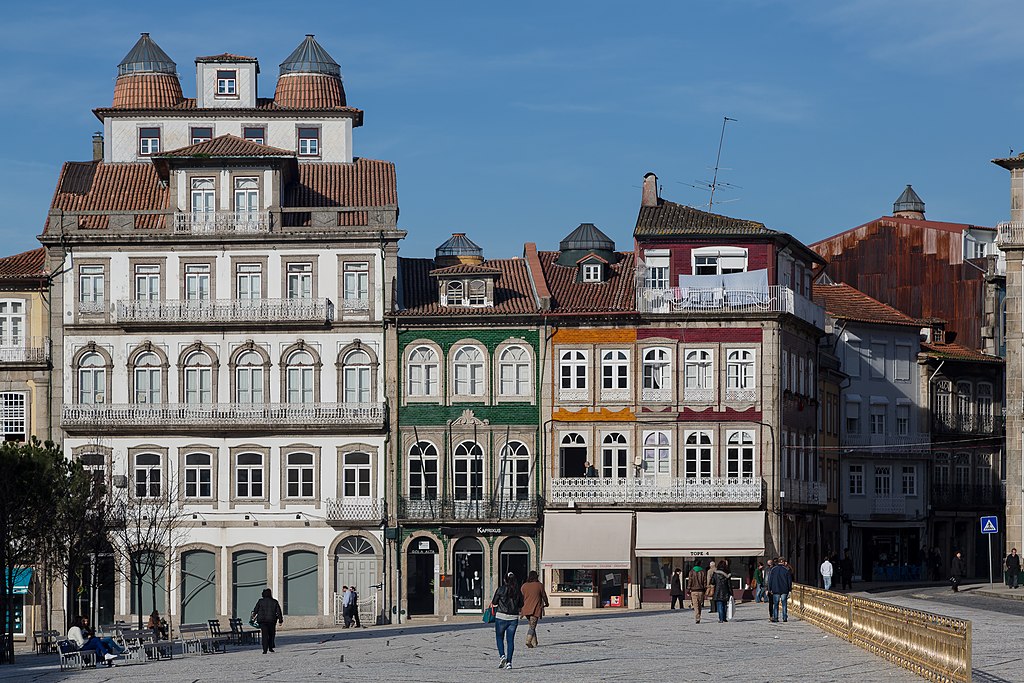
Last — but certainly not least! — on the list is Guimarães, an ancient city widely considered to be the birthplace of Portugal. Most historians agree that Afonso Henriques, the first king of Portugal, was born in Guimarães. It also became the nation's first capital after the famed battle of São Mamede in 1128.
While you’re here, locals suggest exploring the ancient landmarks, including Guimarães Castle and the historic city center (a UNESCO World Heritage site). Make time for the can’t-miss sights, but also be sure to slow down and enjoy a glass of vinho verde or a coffee in one (or more!) of the city’s medieval squares.
You can also go hiking through the surrounding lush, hilly landscape. Guimarães is small, but its beauty and history attract plenty of travelers.
Locals say you’ll be able to easily find lodging in a comfortable hotel or hostel.
--
Ready to go? Connect with Project Expedition to plan your trip.
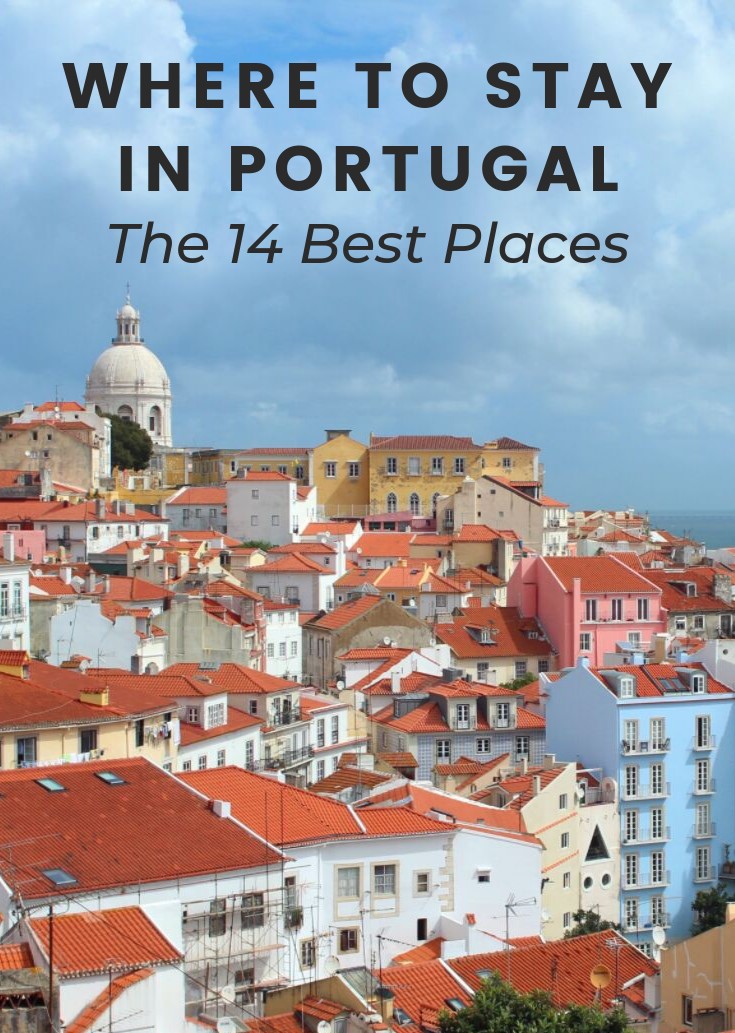
How should we contact you?
Call
Thank you! We'll get back to you as soon as possible!
Click to register and track your question!
If you would like to follow up with us:
+1 (855) 782-3006